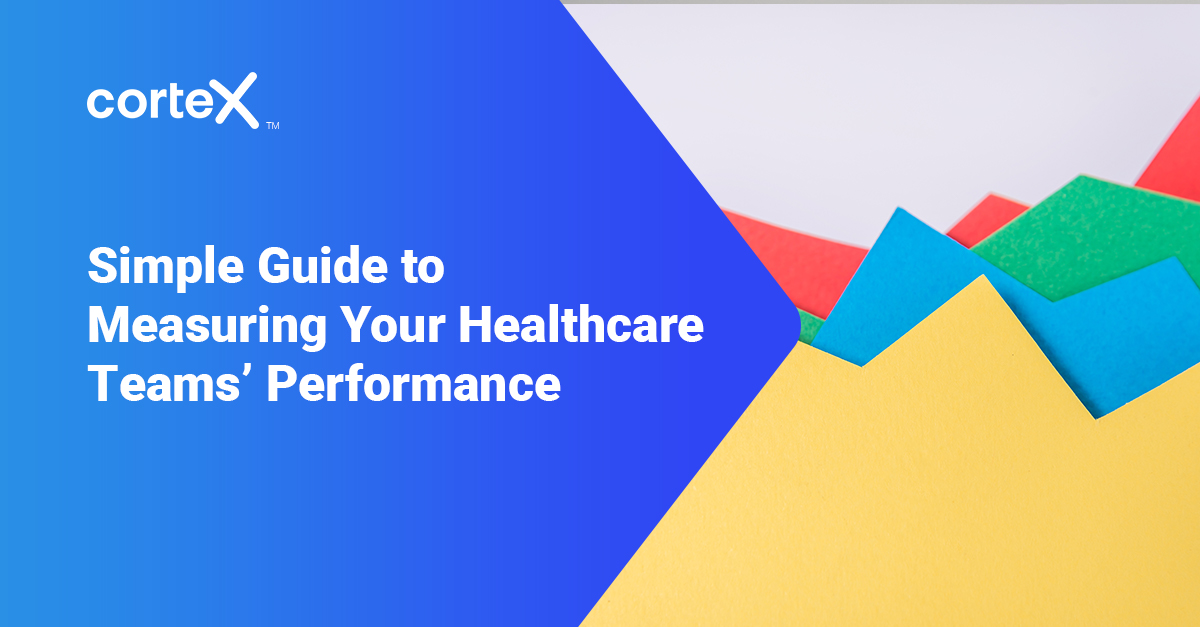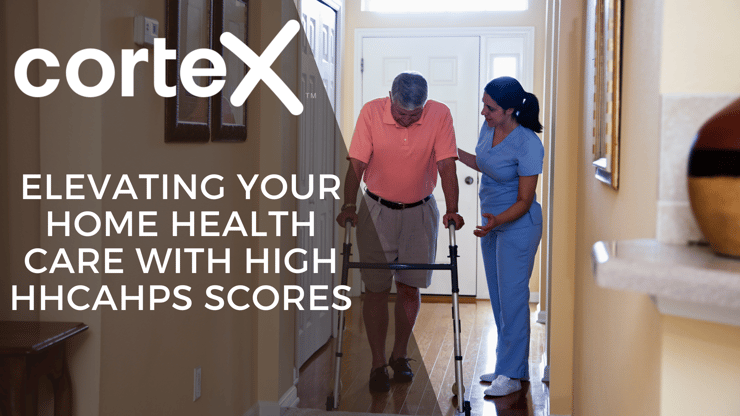Measuring your teams’ performance is essential in tracking the overall performance of your healthcare organization. An understanding of team dynamics and effectiveness can help your skilled nursing facility or home health agency identify opportunities for training development and provide insights on nontechnical competencies such as prioritization, leadership and decision making.
It’s likely that you’re already tracking certain patient outcomes, and that’s an excellent first step to give you insights into your team’s performance, but are you tracking outputs as best you can? By initiating a comprehensive performance review that expands your data tracking, you can:
- Reveal top-performing team members along with their successful methods of care;
- Identify individual team members or teams that need improvement;
- Understand methods of communication and determine which ones work well and which ones need improvement;
- Determine if patient-care protocols are being followed staff-wide; and
- Better understand your staff from a patient’s perspective.

Here’s a step-by-step overview of how to implement performance tracking measures and gain valuable insights into your skilled nursing and home health nursing and staff teams.
1. Determine a healthcare performance goal.
It’s important to have a clear aim when establishing performance measures. This will help your team stay on track and work together to accomplish it. This goal can be influenced by your healthcare agency’s mission statement or other unique selling proposition. Once you’ve established your goal, consider making it publicly known. This can help your team understand the reason for performance tracking and be more engaged in participation.
Here are some example performance goals:
- A high benchmark for patient satisfaction: A recent study published in the Journal of Patient Experience found a close association between higher patient experience scores and major clinical outcomes. It can also help you earn referrals.
- Better patient outcomes: If you choose this as your aim, be specific and focus on one or two areas such as rehospitalization rates, fall prevention, wound care, etc.
- Greater efficiency: Measuring and optimizing individual and team performance can have a greater impact on the organization as a whole.
- Excellent documentation and data tracking: Staying organized can help you monitor trends and improve efficiency as you analyze data.
- Improved employee satisfaction: Work satisfaction has shown to improve patient care.
2. Select a team.
You’ll need good leadership in order to successfully measure performance, analyze data, and make suggestions for improvements. It’s important to appropriately allocate resources and team members to this project and not make it an aside that comes on top of other responsibilities. If you have a lack of manpower to assign, consider investing in utilization tools that can make the whole process smoother.
3. Choose your methods.
Which methods you choose will be guided by your aims and measures.
Utilization Opportunities including Nursing Hours Per Patient Day (HPPD)
Investing in utilization tools will help you to track staffing levels and the efficiency of care provided in a systematic and organized manner. The data can be analyzed against benchmarks such as patient outcomes and satisfaction to help you adjust staffing to ideal levels.
Most SNF’s and HHA’s monitor operational costs using the “Per Patient Day” metric. This provides insights into many of the costs associated with care such as food or equipment. You can expand this metric to account for staffing costs by measuring for “Nursing Hours Per Patient Day” (HPPD).
The ratio of patients to nurses can have a direct effect on patient outcomes, patient satisfaction, and staff satisfaction. For example, higher ratios of patients to nurses may decrease staff satisfaction and lower productivity. This has a domino effect on patient outcomes and patient satisfaction. Patients are sensitive to staff’s emotions, longer wait times, and bedside manner. Rushed nurses may deliver medication late or not have enough time to communicate with families who request updates on their loved ones.
The HPPD metric is designed to track these ratios, giving you insight into overall team performance and productivity. A utilization tool, whether built in-house or purchased through a third party, can help you set up tracking and provide results which can then be used to detail the efficiency of care provided. This metric is ultimately the most important variable cost to operating an SNF or HHA.
Direct Observation and Video-Based Analyses
Direct observation can give you insights into team dynamics, leadership, decision-making, bedside manner, and proper use of protocols. There are two basic ways to do this: live observation and video-based observation.
Live observations offer the observer more context and the ability to see the situation in its full context. However, these are typically limited to one observer and can require complicated scheduling. Video observations can be watched at the viewer’s convenience and reviewed by multiple observers. However, they are limited by what the camera has captured.
Patient Satisfaction Surveys
Patient satisfaction has been associated with better outcomes and beyond. It leads to improved reputation, increased referrals, and helps organizations meet standards for programs like CMS. While you can determine patient satisfaction by implementing a patient survey program, you’ll be better serviced when patient surveys are linked between individual nurses and patient outcomes.
As an SNF or HHA, you can provide a simple survey during the discharge process that asks questions directly related to nursing care, measuring important metrics like bedside manner, timeliness of care, call response, and communication.
Surveys can be completed by the patient before they are discharged from the facility, or you can weave them into a follow-up care program. Cortext CheckUp patient feedback program collects third-party patient satisfaction ratings during a follow-up call, providing you actionable data to improve your patient experience. Data is directly connected to a patient’s name so that you can trace a satisfaction score back to the individual.
Employee and Nurse Surveys
Measuring employee satisfaction is just as vital to understanding your teams’ performance as patient outcomes. Conducting employee satisfaction surveys and interviews can give you insights into employee engagement, role fit, collaboration and communication, and more.
4. Create an improvement plan and track results.
Once you’ve gathered and analyzed your data, it’s time to create an improvement plan. Commonly, this could be education and training programs, department reorganization, or direct changes in patient care protocols. Once you implement changes, keep tracking data. This way, you will be able to determine whether or not your changes helped you to reach your goal.




